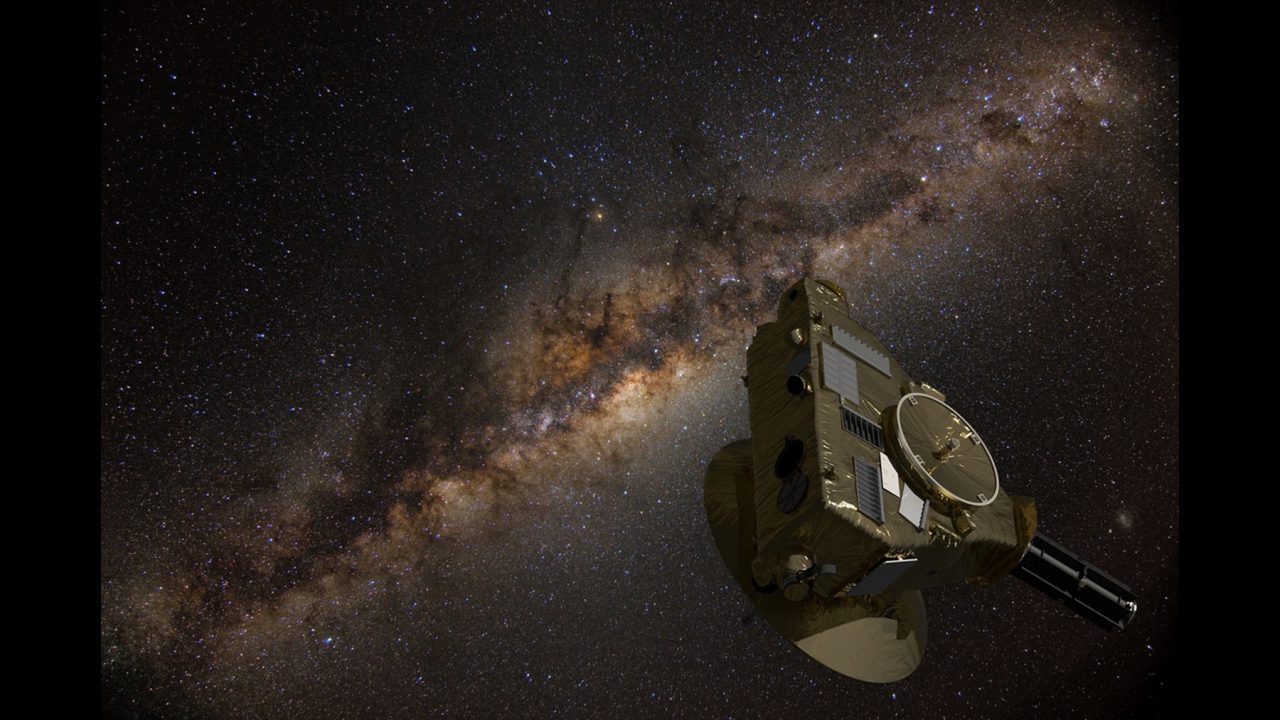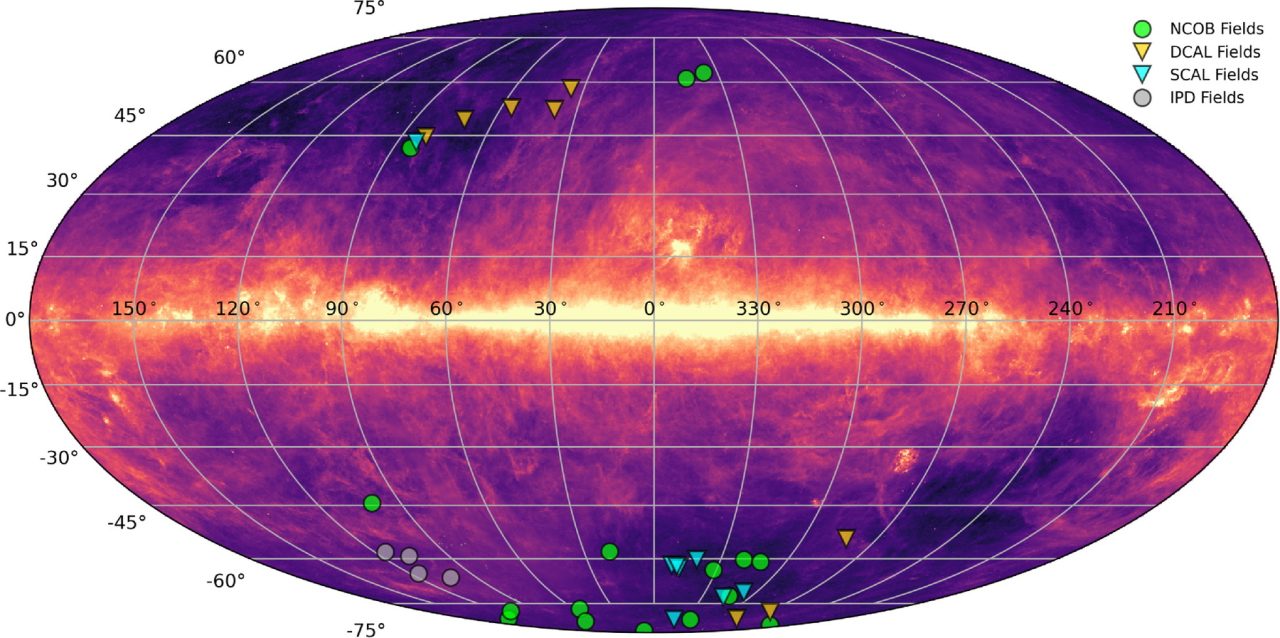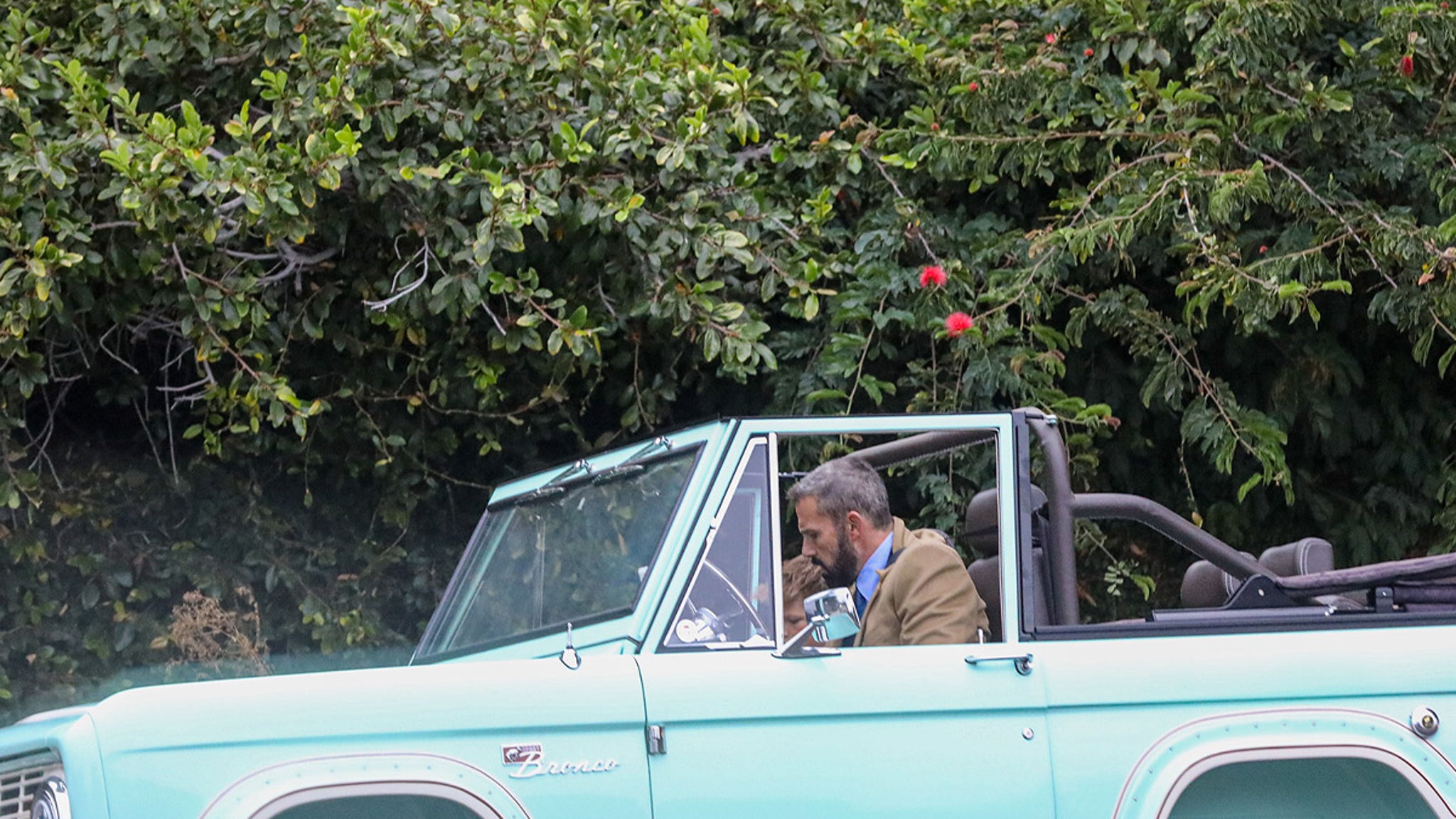The universe is believed to contain about 1 trillion galaxies, and although the light from each galaxy is very weak, it still illuminates the entire universe. “The light that determines the 'brightness' of the universe is”Cosmic background emission of visible light(Cosmic Visual Background; COB). The COB value is important for understanding the difference between theoretical and actual measurements regarding the number and size of galaxies in the universe.
National Aeronautics and Space Administration (NASA) Pluto RoverNew horizonsIt travels in deep space far from the Sun, so it was suggested that it would be possible to measure COB accurately, and the results of the COB measurement were announced in 2021. But the result isA mysterious light of unknown sourceHowever, it contained a major mystery about the COB, suggesting that the total amount of light emitted by galaxies is much less than theory suggests.
A research team including Mark Postman of the Space Telescope Science Institute (STScI) has examined newly observed data from New Horizons and the amount of interstellar dust (cosmic dust) present in outer space, and we have reconsidered the COB value. Result,It is safe to interpret that the mysterious light component present in the COB does not actually exist.The result has been obtained. At the same time, it was also revealed that the total amount of light emitted by galaxies agrees with the theory.
The results of this study show that the number and size of galaxies predicted by current cosmological models do not differ much from the actual universe.

Brightness of the universe (cosmic visible background radiation (COB))
There are countless galaxies in the universe, and it is estimated that there are about 1 trillion galaxies, both large and small. Many galaxies are so far away that only faint light can reach them, so they can only be seen with powerful telescopes.
However, its existence can be known indirectly. Light from individual galaxies dimly illuminates the entire universe. This means that even if you are far from the star, there is no complete darkness in the universe. The light (electromagnetic waves) that constantly fills the universe is called background radiation, and it exists in different wavelengths from microwaves to X-rays, but what was studied this time is the background radiation of visible light visible to our eyes.Cosmic background emission of visible light(cup)”.
However, the COB is so weak that it cannot be seen with the naked eye. NASA compares the COB's brightness to “light reflected from a refrigerator that can be seen from a distance of 1 mile (about 1.6 km).” Being so dark makes it difficult to accurately measure COB brightness.
At the very least, it is impossible to measure the exact value of COB near the ground. Even if sunlight is completely blocked, interstellar dust exists in the space between celestial bodies, and this scatters sunlight. When in fog, light appears to come from directions other than the sun, because water droplets scatter sunlight. If you think that similar things happen in space near the Earth, you can understand how difficult it is.
Light scattered by interstellar dust mixes with light from distant galaxies, making accurate COB measurements difficult. Accurate COB measurements require going to the outer regions of the solar system, where sunlight is weaker and interstellar dust is less dense.
“New Horizons” is suitable for measuring COB
NASA's Pluto probeNew horizonsIt successfully completed the first close exploration of Pluto in 2015, and continues to carry out extended missions to gain information about the outer reaches of the solar system.
In 2017, New Horizons' LORRI telescope camera was noted to be suitable not only for remote photography, which was its original role, but also for COB measurement due to its high sunlight blocking performance. In fact, from the limited photographic data available at the time, they succeeded in finding a COB fainter than that measured by the Hubble Space Telescope, although the accuracy was approximate. It turned out that the night sky photographed by New Horizons was ten times darker than the night sky photographed by the Hubble Space Telescope, and research continued after that.
Accurate COB estimates based on new imaging data were made in 2021, with New Horizons recognized as suitable for measuring COB. but,More than half of the measured COB is mysterious light of unknown origin.become(※). Another mystery also arose: The remaining half of the light, which is estimated to have come from distant galaxies, is too faint relative to the light from a trillion galaxies combined.
*…In the 2021 paper, of the 15.9±4.2nW/m^2/sr light intensity estimated by COB, the identity of the 8.8±4.9nW/m^2/sr component was unknown.
In subsequent similar studies, the mysterious component of light in COB did not disappear, and interest continued to focus on its source. Also, regarding the amount of light coming from galaxies, the puzzle can be partly solved by taking into account that out of a trillion galaxies, there are much more small and dark galaxies than previously estimated. However, in this case, it may indicate that there are some flaws in the formation and growth of galaxies predicted by current cosmological models.
There was no mysterious light in the COB.


Postman and his team conducted additional research to solve the COB mysteries presented in previous studies. The study by Postman and others analyzed 24 regions of the sky taken between August and September 2023, when New Horizons was about 8.6 billion kilometers from the sun. These areas were imaged to avoid bright areas of the Milky Way and bright stars that could affect the COB analysis.
In addition, Postman and his colleagues used observational data from ESA's Planck Space Telescope to make new estimates of the amount of interstellar dust present in the region of sky analyzed. The amount of interstellar dust is smaller than near the Sun, but it does not reach zero. Interstellar dust scatters not only sunlight, but also light from the Milky Way itself and nearby stars, making it difficult to measure the COB accurately. Interstellar dust emits a small amount of infrared light, and Planck can capture it, so if we know the exact amount of interstellar dust, we can also know the amount of scattered light, making it possible to accurately separate the components of the COB.
As a result of their analysis, Postman et al estimated the COB intensity to be 11.16±1.65nW/m^2/sr, with most of it, 8.17±1.18nW/m^2/sr, coming from far away. Galaxies. I assumed they were light. As a result, the mysterious light component of unknown origin is reduced to 2.99±2.03nW/m^2/sr.
However, Postman and his colleagues say it is safe to interpret this mysterious light component as statistically zero. In other words, instead of thinking about mysterious light of unknown origin, Postman and his colleagues got to thinkingThe most plausible explanation is the simple idea that mysterious light does not actually exist.This is what I think.
Above all,The actual COB intensity measured this time is the same as the total amount of light from all galaxies in the universe.This is noteworthy. This result is important because previous studies have seriously looked into the identity of the mysterious light due to discrepancies in the total amount of light in galaxies. The COB density obtained by Postman et al shows that the number and size of galaxies estimated by current cosmological models accurately reflects the actual universe.
Related topics: How bright is the universe? Successful measurement from New Horizons data
source
- Mark Postman, et al. “New synoptic observations of the cosmic optical background with new horizons.” (Astrophysical Journal)
- Michael Buckley and Ray Villard. “New Horizons Measurements Shed New Light on the Darkness of the Universe.” (Space Telescope Science Institute)
Text / Riri Ayaka Editing / sorae editorial department
#NewHorizons

“Travel maven. Beer expert. Subtly charming alcohol fan. Internet junkie. Avid bacon scholar.”





More Stories
ASCII.jp: SambaNova AI SC40L processor fully focused on large language models Interesting CPU that attracted attention at Hot Chips 2024 (1/4)
M4-equipped MacBook Pro and iPad mini7 will be released on November 1 (Friday) – iPhone Mania
Disappointed with the iPhone 16 Pro. Why I bought it but returned it to the iPhone 15 Pro